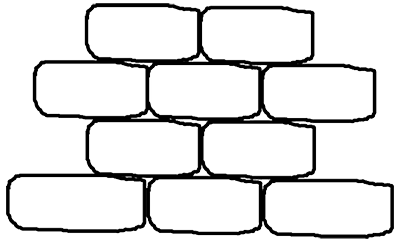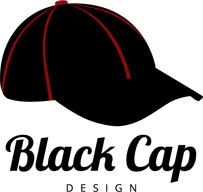 In my last post (“The Importance of Content“), I referred to the problem of “too much text”. Personally and professionally, I love to read – but even for me, when I encounter a website that consists of a wall of text, my gut reaction is “ugh, too much information”.
In my last post (“The Importance of Content“), I referred to the problem of “too much text”. Personally and professionally, I love to read – but even for me, when I encounter a website that consists of a wall of text, my gut reaction is “ugh, too much information”.
As I pointed out in the previous post, too little information can be a problem for search engines, but too much information can be a problem for humans.
When it comes to written content, how much is too much? The answer is, it depends on your objectives and your target audience.
If your objective is to impress prospective clients with big beautiful images and you’re confident your visitor demographic won’t be too interested in the details, then less content may be acceptable. If your site is about sharing information – telling people about the great services or products you provide – and you expect people will be interested in reading about what you have to offer, then more content is better.
As a rule of thumb, for a Home page, I recommend a minimum of a full page load of content and maximum of 2 page loads of content. In other words, if the content doesn’t fill the screen, it’s light on content. If a lot of scrolling is involved, it may be content-heavy.
If you have reached the conclusion that your Home page has way too much content, what can you do about it – other than trashing your valuable information?
- Too much Home page content may mean it’s time to look at your overall website structure. Take a careful look at the content and ask yourself if some of that material could be posted on a separate page; perhaps a News or Contact page.
- If you break up your content into separate pages, you can (and should) still say a bit about it on your Home page, and include a link to the detailed content.
- You might consider the possibility of using that information to create a new (or add to an existing) blog. One big advantage of having a blog is the ability to post excerpts, like the one used at the bottom of our Home page.
- In some cases, a chunk of content may not be enough information to warrant creating a new page, but it’s more than you want to show. This is where content accordions come in handy. A content accordion will show/hide content using a link or button. The “What Our Clients Say…” link, also found on our Home page, is a good content accordion example.
- Another consideration is adding a media slider. A media slider allows you to create a series of slides that can contain images, a combination of images and text (with optional links), and/or video. The big advantage of a media slider is that you can pack a lot of information into a small area, and allow visitors to scroll through and select the information that interests them.
If you have a wall of text, resist the temptation to simply trash your content. Instead, make your content work for you in a way that attracts search engines and humans too!
Connect with Black Cap Design to explore ideas on how to make your content work for you.
